- Aldo Rossi arch bad bamboo Ben Nicholson botta brick bridge buttress Carlo Scarpa church competitions competitions news Concrete constructivism cooper union Detail dominus winery eisenman engineering exterior fun Glass Herzog and DeMeuron house housing Ice ice hotel ivan chernikov japan john hejduk landscape Le Corbusier light machine marketing masonry material Metaphysical minimalism museum music nature new york nomad pavilion Peter Zumthor Phenomenology piano and rogers plastic pop art post and beam practice Professional Practice recession rem koolhaas renzo piano residential richard meier ronchamps school shading shelter shigeru ban skin stair stairs Steel Steven Holl stone tectonic tectonics water wood zaha hadid
A design for the Singapore Pavilion for 2010 World Expo by Design Act.

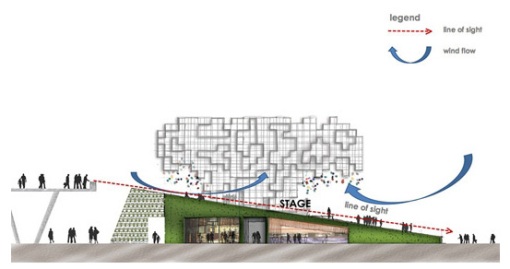

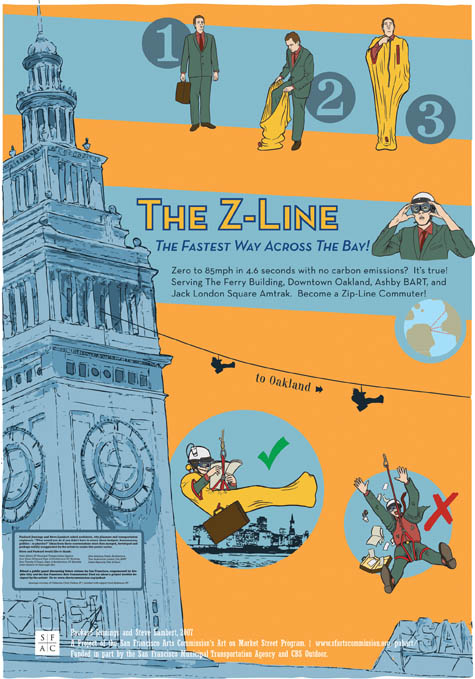
a 2007 project by artists Steve Lambert and Packard Jennings in which they reimagined the city of San Francisco as a city of roller coasters, wildlife preserves, underground libraries and health clubs installed inside BART cars, and, of course, zip lines across the San Francisco Bay
http://bldgblog.blogspot.com/2009/01/cable-city-and-hanging-hotel.html
The tectonics of cables are admirably displayed in these drawings.
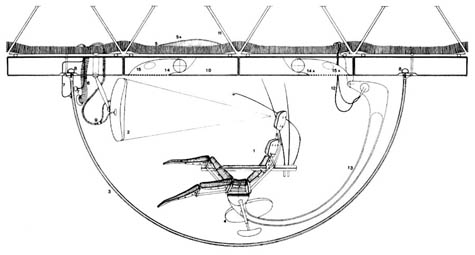

http://www.heatherwick.com/index.php?option=com_content&task=view&id=15&Itemid=35
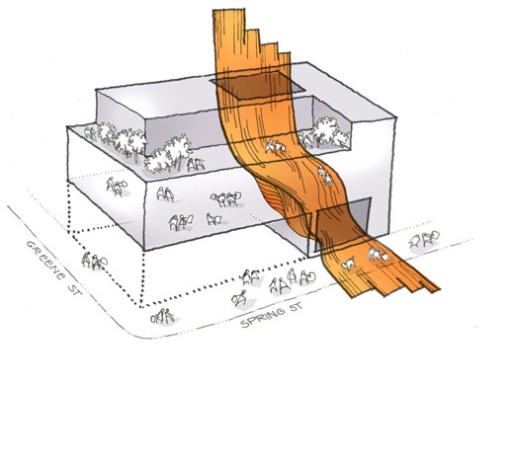
This project introduces a new form into a typical cast-iron structure. The intention was to find a way to induce customers to come up to the second floor where the shop is located.
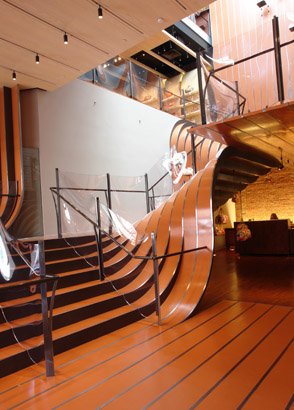
http://www.heatherwick.com/index.php?option=com_content&task=view&id=21&Itemid=42
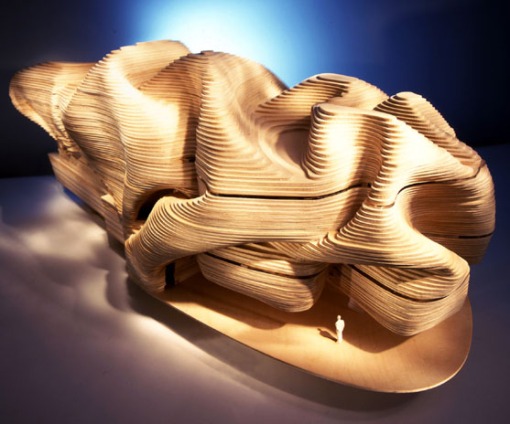
Constructed from timber, the building is made in layers, each the height of a step, built up into a folded form, which came from extensive experimentation with different fabrics and which recalls the ceremonial cloth that the Buddha sits on. Design by Heatherwick Studio, UK
http://www.newyorker.com/arts/critics/skyline/2009/02/02/090202crsk_skyline_goldberger
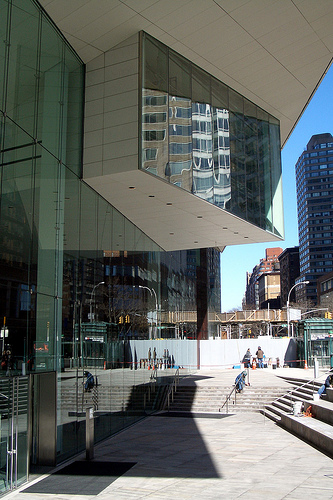
Article on Diller and Scofidio’s Alice Tully Hall at Lincoln Center. The quote below applies to projects in general.
Architects sometimes talk of design elements as “moves,” as if they were playing a game of chess, and when dealing with problematic older buildings the chess analogy is apt. You are more likely to succeed if you craft a strategy consisting of a lot of carefully considered small moves, not one big one. That’s one reason for the failure of Frank Gehry’s plan, a few years back, to solve Lincoln Center’s problems by putting a gargantuan glass dome over the main plaza. Move by move, you have to take your cues from the architecture that is already there, but you can’t let the older building dictate everything, either. Liz Diller, Ric Scofidio, and Charles Renfro, along with their associate architects, the firm of FXFowle, have figured out the balance. They joust with Belluschi’s architecture, but they never try to kill off the old structure.
